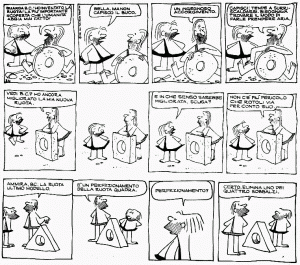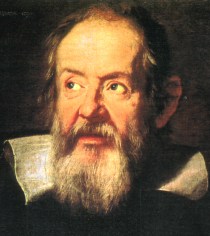Measurement of the neutrino velocity with the OPERA detector in the CNGS beam
(Submitted on 22 Sep 2011)
The OPERA neutrino experiment at the underground Gran Sasso Laboratory has measured the velocity of neutrinos from the CERN CNGS beam over a baseline of about 730 km with much higher accuracy than previous studies conducted with accelerator neutrinos. The measurement is based on high-statistics data taken by OPERA in the years 2009, 2010 and 2011. Dedicated upgrades of the CNGS timing system and of the OPERA detector, as well as a high precision geodesy campaign for the measurement of the neutrino baseline, allowed reaching comparable systematic and statistical accuracies. An early arrival time of CNGS muon neutrinos with respect to the one computed assuming the speed of light in vacuum of (60.7 ± 6.9 (stat.) ± 7.4 (sys.)) ns was measured. This anomaly corresponds to a relative difference of the muon neutrino velocity with respect to the speed of light (v-c)/c = (2.48 ± 0.28 (stat.) ± 0.30 (sys.)) × 10-5.
Misurazione con il rivelatore OPERA della velocità dei neutrini nel fascio dell’esperimento CNGS
(Inviato il 22 settembre 2011)
L’esperimento sui neutrini OPERA presso il laboratorio sotterraneo del Gran Sasso ha misurato la velocità dei neutrini del fascio dell’esperimento CNGS del CERN su una distanza di circa 730 km con una precisione molto più elevata rispetto agli studi precedenti condotti sui neutrini dell’acceleratore. La misurazione si basa su una quantità statisticamente rilevante di dati ottenuti da OPERA negli anni 2009, 2010 e 2011. Aggiornamenti specifici del sistema di cronometraggio dell’esperimento CNGS e del rivelatore OPERA, così come una campagna di geodesia di alta precisione per la misurazione della distanza percorsa dai neutrini, hanno permesso di raggiungere precisioni sistematiche e statistiche confrontabili. È stato misurato un anticipo sul tempo di arrivo dei neutrini muonici dell’esperimento CNGS rispetto a quello calcolato con la velocità della luce nel vuoto di (60,7 ± 6,9 (errore statistico) ± 7.4 (errore sistematico)) ns. Questa anomalia corrisponde ad una differenza relativa della velocità dei neutrini muonici rispetto alla velocità della luce (v-c)/c = (2,48 ± 0,28 (errore statistico) ± 0,30 (errore sistematico)) × 10-5.
Articolo originale: http://arxiv.org/abs/1109.4897


 La filosofia è scritta in questo grandissimo libro che continuamente ci sta aperto innanzi a gli occhi (io dico l’universo), ma non si può intendere se prima non s’impara a intender la lingua, e conoscer i caratteri, ne’ quali è scritto.
La filosofia è scritta in questo grandissimo libro che continuamente ci sta aperto innanzi a gli occhi (io dico l’universo), ma non si può intendere se prima non s’impara a intender la lingua, e conoscer i caratteri, ne’ quali è scritto.